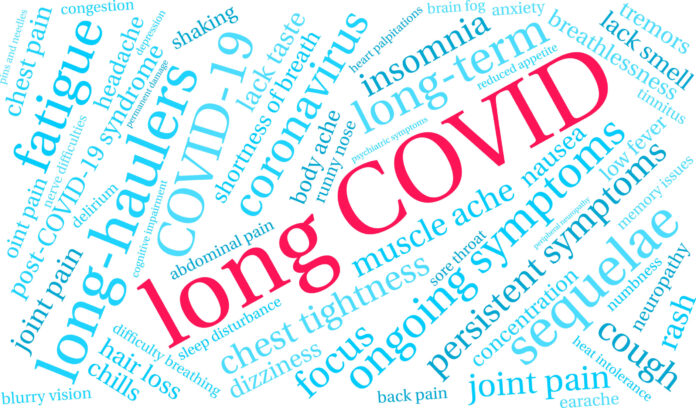I am back with my wife from our disastrous adventure in Aruba where much of the vacation was spent quarantined in a hotel room after we both got COVID-19. After all the precautions taken, the five COVID-19 shots, the mask-wearing, and avoiding crowded indoor places, our first vacation in three years turned out to be our nemesis. Aruba was rated as a good bet with low-virus numbers. We bought premium seats for the flight so that we weren’t near anyone else. We thoroughly sanitized every surface in our seating area when we arrived on the aircraft. And we only removed our masks which were KN95s when we ate and drank. Halfway through the trip we put on fresh masks and kept them on when we landed and until we got to our hotel room. Four days later I got sick, followed by my wife a day later. So the likely infection source was on the airplane or at the airport.
In Aruba, we self-tested using the rapid antigen test kits we brought with us. I tested positive immediately within 12 hours of experiencing the first symptoms. My wife didn’t test positive the first time. But the second time the test results showed the presence of COVID-19.
Our hotel insisted we contact a local doctor who arranged a virtual consult. She advised us to stay isolated for five days and then regardless of repeat positive test results get on the airplane and go home on our departure date. Now we are back in Toronto and experiencing some of the lingering symptoms that include gastrointestinal upset, blocked sinuses and nasal congestion, rough throats and occasional coughs. We are continuing the isolation that started in Aruba.
Having experienced COVID before and with long-term symptoms, I know what Long COVID can feel like. My concern now is that this repeat infection, although Omicron rather than the original COVID-19 which I got in April 2020, will trigger prolonged symptoms that lingered with me for so many months the last time. That’s why when I read about a new app, called Visible, currently, in beta testing, it caught my interest.
Visible is a tracking platform focusing on people suffering from chronic illnesses. In other words, rather than a fitness app which is all the rage these days, this one is being developed by people who have lived the experience of Long COVID.
What does the app do? It collects daily data using heart rate variability as a primary measure of wellness. Heart rate variability is an easy way to predict when someone is experiencing fatigue, a common Long COVID complaint.
Visible creates a record of a person’s heart rate producing a score of between 1 and 10. A high score (8 to 10) means you are doing okay. A median score (4 to 6) suggests the need to take a break from daily routines. And a low score (1 or 2) indicates rest should be a priority. Visible co-creator, Harry Leeming, a Long COVID sufferer since September 2020, believes the app will give researchers a better understanding of Long COVID. The data is being shared with researchers at Imperial College London.
One Long COVID sufferer, Mike Clarke, a 44-year-old, has been living with the aftermath of the virus since October 2020. The strain on his heart on many days produces low Visible scores and he has used the data to tell him when he needs to be lying down. In an MIT Technology Review article, Clarke states “after two years of doctors telling me all medical tests showed that everything in my body was fine, I’ve felt more validated by the data from Visible in a week and a half of use.” He continued, “After two years with absolutely no progress, most people like me with Long COVID are desperate for someone or something to offer hope. To me, the Visible app provides me little glimpses of that.”
Today, more than 100 million are living with Long COVID and debilitating chronic conditions like Myalgic Encephalomyelitis, also known as Chronic Fatigue Syndrome (ME/CFS). Visible with its wearable technology and telephone app may prove to be a way to make these once “invisible” chronic illnesses visible and give the profession the means to defeat them.









